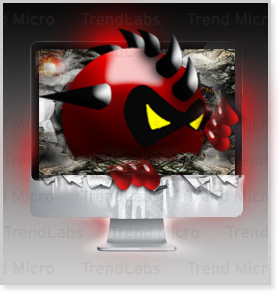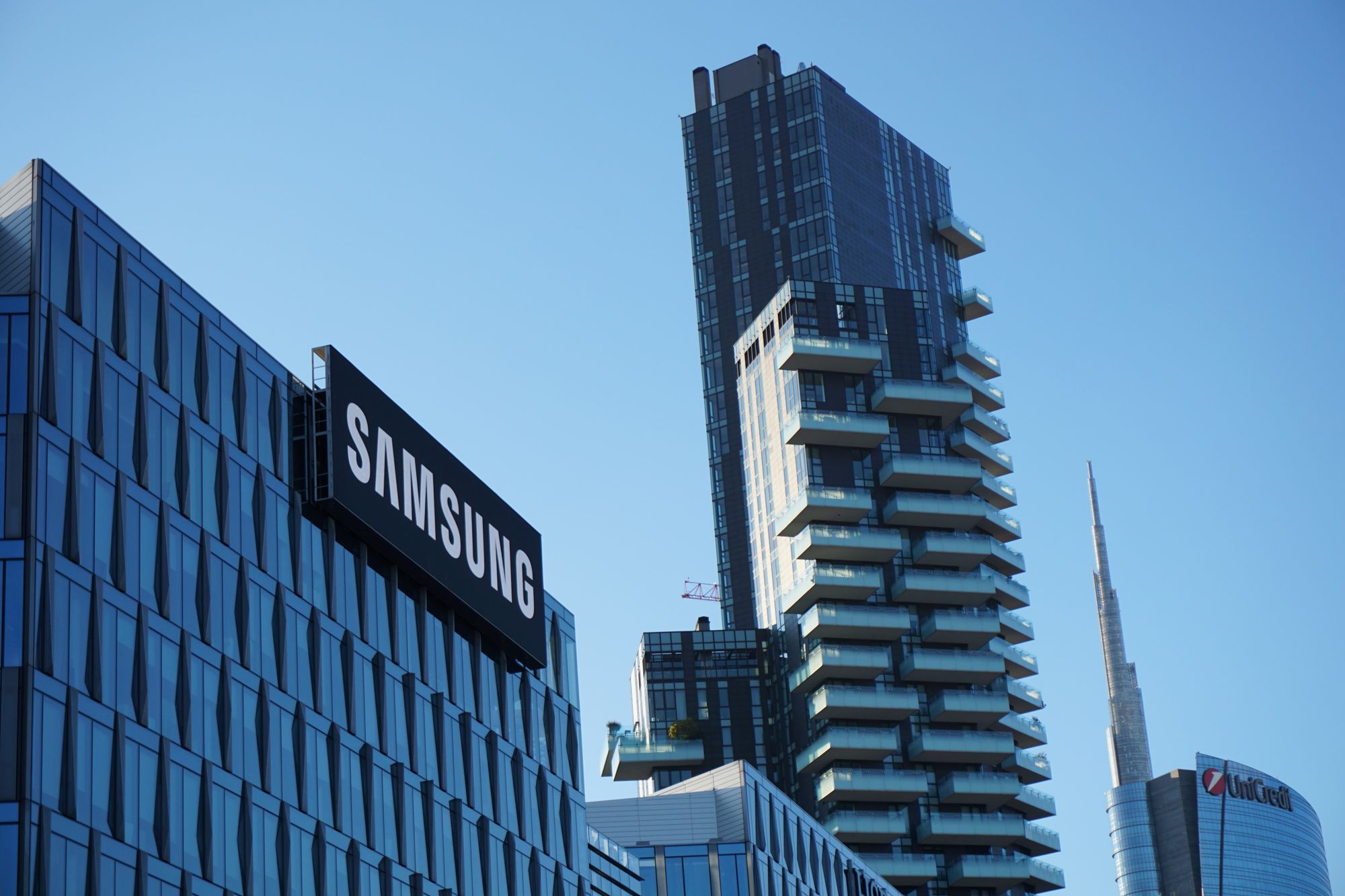How To Avoid Malware
 Along with Common Sense 2010, there are many ways to avoid malware attacks. Â It’s essential to avoid malware. Â You don’t want your computer running slow, nor having it open to whoever wants to go on it.
Along with Common Sense 2010, there are many ways to avoid malware attacks. Â It’s essential to avoid malware. Â You don’t want your computer running slow, nor having it open to whoever wants to go on it.
On the web:
Don’t open suspicious emails: Even if you receive an email from Uncle Joe telling you to download and execute a file… don’t do it! There are many ways to “hack†and email account, and send out malware to every contact in their address book. It’s best to just ignore the email if you don’t know what it is about or for.
Don’t go on website you don’t trust: If you don’t know about the site, or it has a suspicious URL, don’t go to it! You can also install a plugin called WOT on your browser, which can tell you if it’s safe or not.
Don’t click Facebook links: You don’t know what’s on them. Don’t take the risk.
Don’t click suspicious shortened links: You don’t know where they end up going, so don’t take the risk. Especially on Facebook, people get their accounts hacked all the time.
Illegal file-sharing services: You don’t know what type of malware is waiting to get downloaded and installed on your machine. Don’t use them.  End of story.
Pop-ups: Make sure you have pop-ups blocked in your browser! You don’t want annoying – and sometimes harmful, pop-ups open. A lot of time they use tactics to make you click “Scan my system for malware†because you think it’s legit. Open up Windows Task Manager (Ctrl-Alt-Delete or right-click the taskbar, then Start Task Manager) and end the process.
Physical media: You don’t know if it has malware on it, so it’s best to scan it first. Don’t accept infected or suspicious files that popup.
How to remove malware – the right way
Antivirus software: It’s essential to keep your antivirus software up-to-date to help prevent malware. Two of the best antivirus software professionals, like myself, like are: Microsoft Security Essentials and Avira (free) or NOD32 and Kaspersky (paid).  Always keep it up-to-date; new viruses come out every day. Make sure it scans at least once a week! Don’t run more than one at a time, it will just cause more problems.
Updated operating system: Take advantage of being able to update automatically. Use Windows Update. Microsoft patches many flaws in their OS with updates, and it will help prevent malware attacks.
Updated browser: Again, take advantage of being able to update automatically. They also like to patch flaws they have in their programs. You should also take advantage of the browser’s download screening, pop-up blocking, and definitely the automatic update features.
Firewall: Make sure you have it turned on! You don’t necessarily need to run a third-party firewall, though I do recommend it over Windows Firewall. Windows Firewall is better than nothing.  If you’re looking for a third-party firewall, I recommend Comodo Firewall.
Spam filter: Make sure either your email client, email provider, or a program has a spam filter for your email. It will get rid of many unwanted emails, and help you not get malware!
If you don’t know how to remove it – get help! There are many online forums that are there to help you. I personally like BleepingComputer.
Tools to use:
Free antivirus programs (only run one):
Paid antivirus programs (only run one):
AntiMalware:
MalwareBytes (free or paid)
Spyware:
Firewall:
Other prevention tools:




